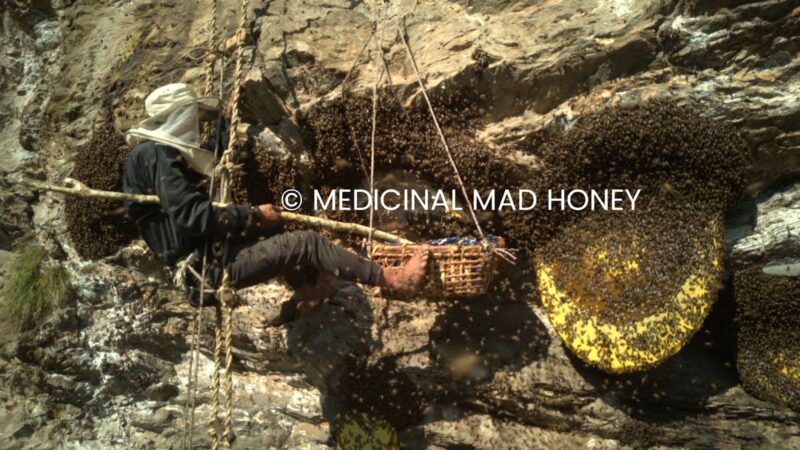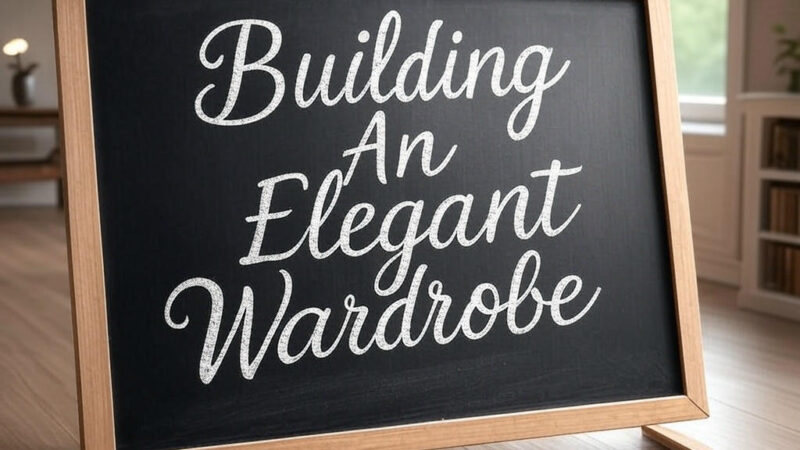What Are the Different Types of Hand Embroidery?
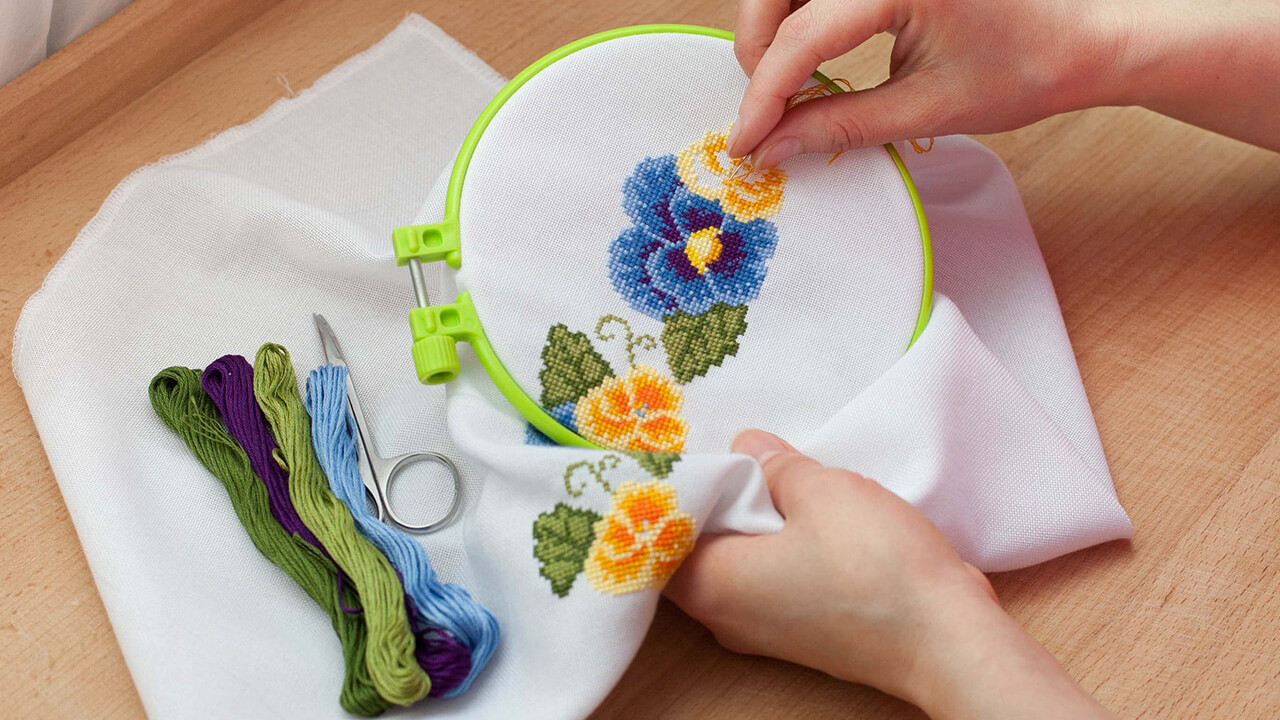
Hand embroidery is an art shape that uses needles to transform the fabric into a matter of beauty. It reveals social history and expresses the artistic character of a culture through the medium of the experienced needle woman. A large number of techniques, each different stitches, patterns and reasons for their existence were created in different parts of the world. Hand embroidery is mainly used for the decorations of clothing, decorative household items such as a Saree, Kurta or home textiles with sewns. This description is devoted to different types of hand embroidery that you explain by showing its charming properties and cultural value.
1. Running embroidery
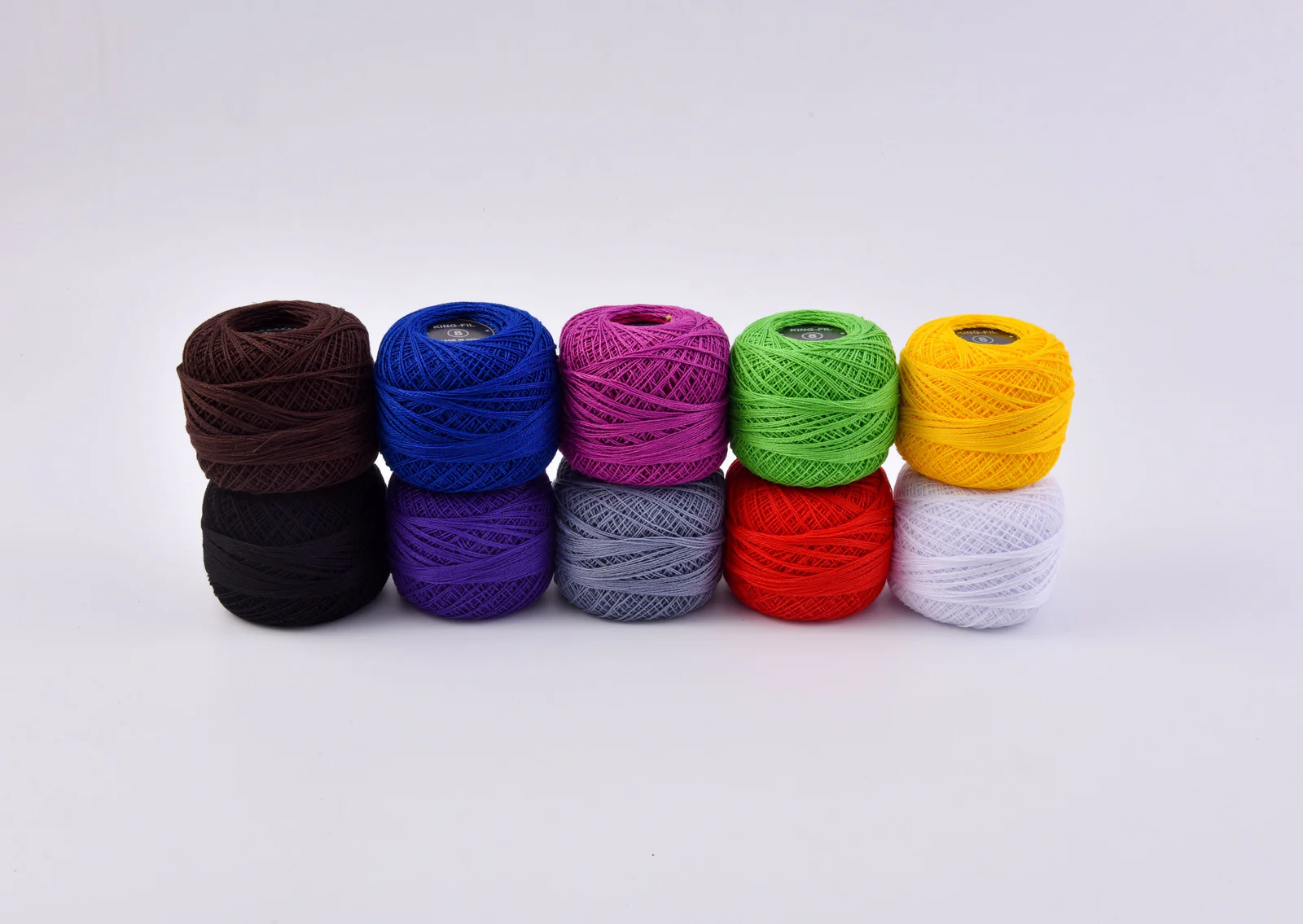
The ongoing stitch is the simplest under hand embroidery and usually the basic for the transfer of simple designs. The thing is that this method is used in which the needle is regularly transmitted via the fabric that creates a zigzag pattern. This technique can be applied to the art of Kantha work in India, from the most elementary designs to the most complicated patterns. It’s just easy and therefore the best option for beginners and at the same time it has its own charm in the old textiles. The ongoing stitch technology of the embroidery is often introduced to add delicate functions in Saris and Quilts.
2. Satinstitch embroidery
Satinstich is the technique that gives a uniform, shiny and filled appearance by placing parallel stitches firmly to completely cover the shape and create an effect of the sophisticated texture. The technology is regularly applied to flower motifs, inscriptions and commendable designs that ask about a flat one-color combination. It is important for the person who works on the fabric with an error edge, but it is with accuracy to avoid distorted edges. This is one of the reasons for the implementation of the satin stitch in pillowcases where decorative art deals. In Indian cases, the surface constructions for silk clothing through the satin stitch appear even more real and more alive. An essential component of wedding clothes and festive clothing is the smooth and luxurious finish of satin stitching.
3 .. chain embroidery
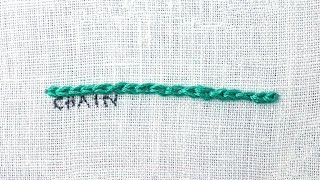
The chain stitch is a embroidery technique that is made by many loops that apparently win a 3D effect like a chain. It comes from Kaschmiri and Persia and is famous for the execution of various actions in the production of a piece of clothing. Stich is the core of the stab, while the colors of the outliners are and the pattern is also very complicated. By using this working method, all requirements for the delicacy can be met with the thick effect. This type of seams can be found in Indian clothing such as Phulkari and Kashmiri scarves and is responsible for a simple reason, flowl. The technology is very famous because it can be used for all creations: be it clothing or room settings.
4. Aari embroidery
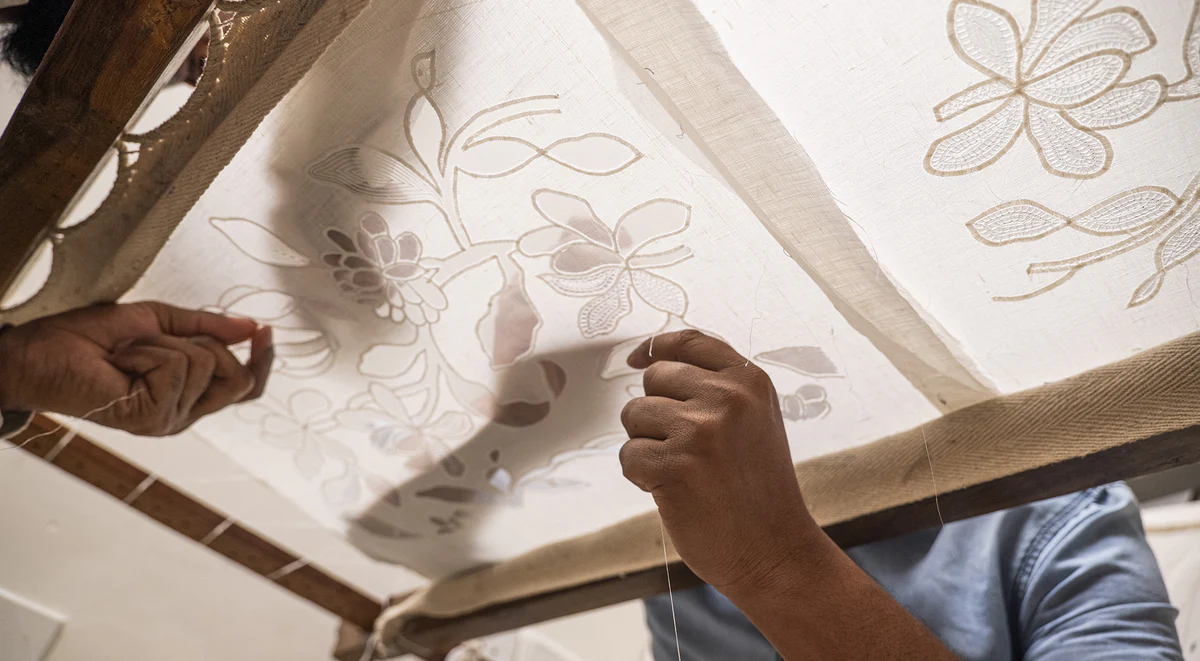
Aari embroidery, also known as CREWEL work, uses a hook needle to establish chain -like stitches, mainly with colorful threads and pearls. Aari, who comes from Gujarat, has a speed as the main advantage and is widely popular for creating the details in the flower and paisley motifs. Aari Work is definitely one of the things that could produce the beauty of Navratri Lehenga Choli, Anarcalis and House Decorations because the threads are so alive and so structured. The versatility of the Aari embroidery is the main reason why it is repeatedly selected repeatedly in both traditional and contemporary way. Aari embroidery definitely brings much more to the table when it comes to a piece of clothing or home decor.
5. French knot embroidery
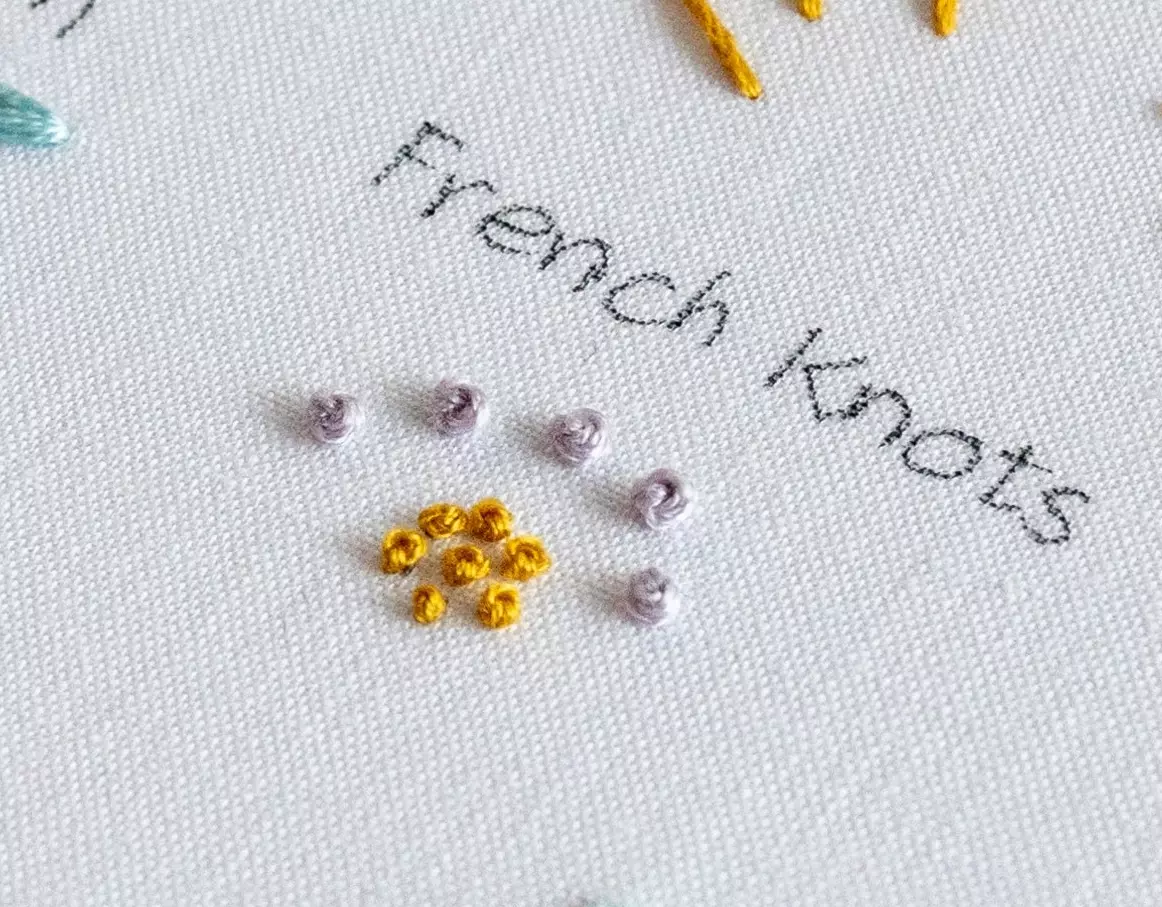
When we speak of French knot embroidery, we think tiny, small thread nodes around the needle tip, and when these knots are knotted, these nodes form tiny texture balls. This technique is very popular in the Indian Chikankari work, where designers mainly focus on the structured effects so that the flowers look as real as possible. Mastering the skills required in this technique may be somewhat difficult, but you can still be sure of the fine and soft texture that it offers. French knots can be one of the simplest ways to add a small touch of style when we talk about how we can purposefully use this type of work for very light fabrics such as cotton and musslin. Since a single type of stitch hardly meets the requirements of a high -channel embroidery, they are often used in a layer format. They are often combined with other stings for complicated, layered embroidery.
6. Kantha embroidery
Kantha is perhaps the best example of embroidery born in Bengal and uses stained stitches only to create graphic designs that are traditionally either worn out by patches or quilts. Historically, it was the presentation of old clothing that was not used for age or other reasons that were copied exclusively with the help of traditional, including religious designs in Quilts. These quilted pieces were also embroidered with running stitches. This simple and repeating seams served as the most effective way to show solidarity with nature and local art (it is the rhythm of the stitches that makes Kantha sensible).
7. Phulkari embroidery
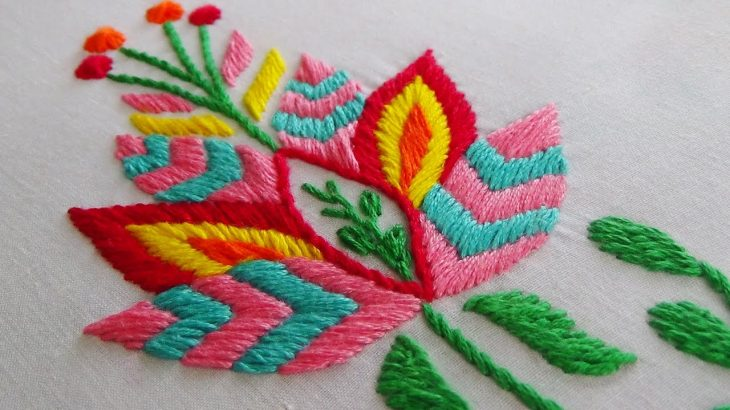
Phulkari, approximately “flower work”, is another cultural embroidery from Punjab, which is portrayed by lively flower patterns in strong threads, almost exclusively on rough cotton. Long, straight sticks are used to ensure that the fabric is completely covered, which creates a rich, structured exterior. Phulkari -Schals and Dupattas were typically worn by women during the celebrations. But these accessories have now become a worldwide fashionable statement. The colors and patterns of the craft are a lively reflection of Punjab’s cultural joy and enjoyment. Is phulkari. In other words, Phulkari is still an estimated craft that still returns its roots, while it is also appealing as a mod …
8. Chikankari embroidery
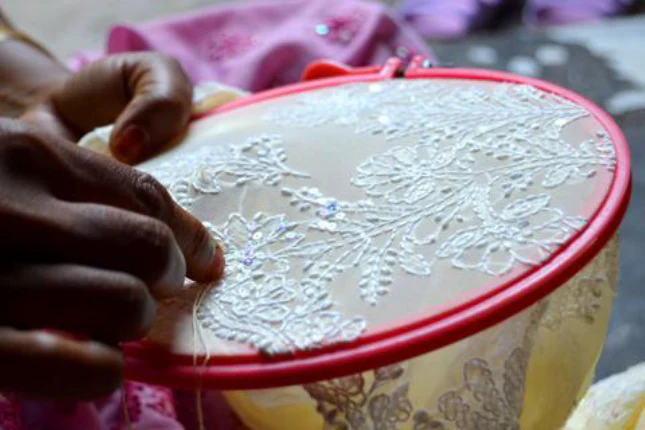
Chikankari is a very fine and complicated type of embroidery from the city of Lucknow. It became popular worldwide because it is very sensitive, white-on-white thread work on light materials such as Musselin and cotton. In addition, designers in many cases contain objects such as satin, fishing and French knot engravings to produce flowers and paisley fabric patterns, and very often by adding shadow work features to achieve a deeper dimension. As the name suggests, the art of license fees with Chikankari was loved. However, it has continued to grown and is not only limited to royal families, but has also extended to ordinary people and especially to Kurta and Saree carrier. The various airy designs from Chikankari are a perfect wearing object in summer and a must for such formal occasions that all eyes have on them. It is the simplicity and yet stylish that Chikankari gives its own identity.
9. Zardozi embroidery
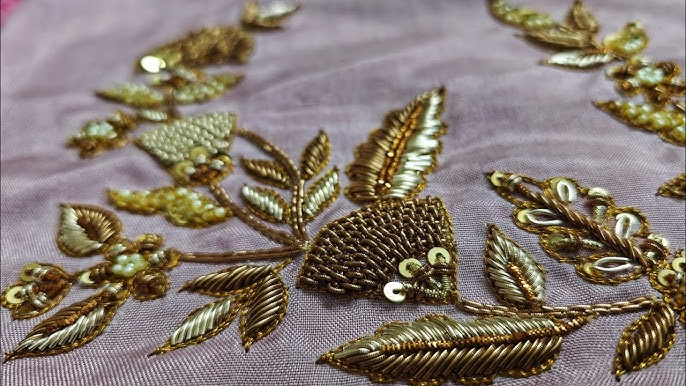
Zardozi, the luxurious embroidery that has Persian influence, mainly uses golden or silver threads with the addition of pearls and sequins to create a very rich way of pattern. At this time of the moguln, kings and queens, none other than Zardozi chose for their special occasions. The craftsman must have the skills required to transform gold and silver threads into patterns that are characterized by their durability and full liveliness. Zardozi creates the idea of splendor, so this technique, which is used for wedding dresses or a festive occasion, is the most in demand. In fact, it has continuously preserved and immortalized its charm and fluctuations, so that it appeals to the current generations of couturiers and style supporters.
10. Kasutti embroidery
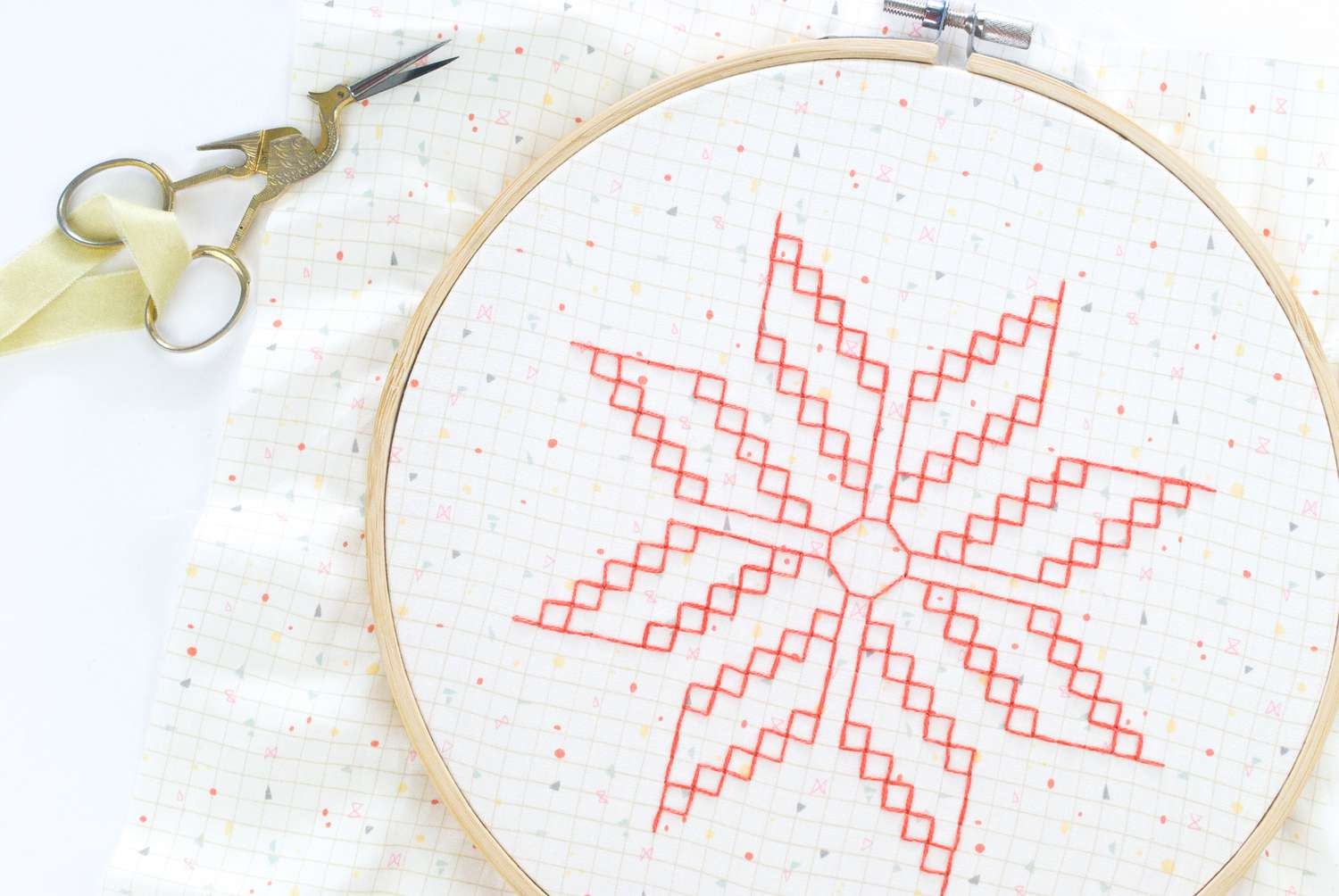
KASUTI is the art of embroidery from the state of Karnataka, which is quite complicated and contains with counting thread patterns mainly in black, red or orange on the hand-made cloth. However, it is not necessarily limited to these colors. Dot, running and other types of stings are those who are mainly responsible for this geometric and folk -inspired way of decoration. These designs are even so simple that almost everyone can do it. Both side of the patterns is the same. This tradition of the Ilkal Saree is full of messages from this time when we can say this, the villagers and the topics of spirituality are designed. A sensitive hand is a must if you are busy in this embroidery because it cannot be seen in design nodes, and this explains the final tone of the look. The idea of simplicity that is transmitted at the highest level is what Kasuti is about, and that is enough to make it a classic under Indian textiles.
11. Cross Stitch embroidery
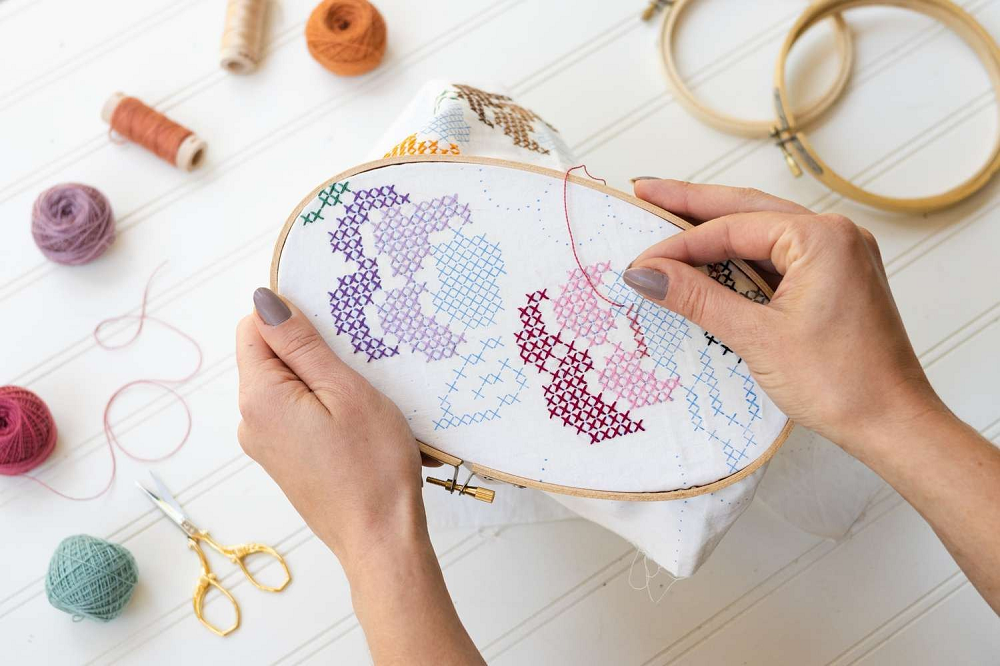
Cross-stitch or counted thread embroidery is a famous shape of the seams that uses x-shaped stitches to form colorful patterns, mainly according to an early design for the accuracy. It is a worldwide -known technology that is widely integrated into European folk art and the latest DIY trends. Designs can be as simple as small motifs and as complicated as whole scenes. The sole representation from India is that of the intersection and appears in various forms across the country. Kasuti, a street art of Karnataka, is one of the different forms of the cross stitch used in India. The process of producing cross engravings is of such a type that he is open and is still able to create art that is personal and deeply useful. This type of embroidery is so special and unique.
Hand sticks left a spectacle of different patterns, and the techniques each tell a unique. One of the techniques is the fast growth and renaissance of the art of embroidery, but there are more stitches that can see in the spectacle of hand embroidery that it is not only the running stitch, but there is also the Zardosi stitch, which is very luxurious. Reveals the different embroidery and the different types of seams contained in them, and the piece of textiles indeed increases to the art level. For example, not only does the embroidery of a Saree, Kurta or Quilt quilt the gap between traditional and modern fashion, but also embellishes. The new types of trends that are derived from these designs are very interesting, inspiring and increase the attraction of art. The secret of her popularity lies in the catastral power of the sailor rider who promote the history of every thread.


